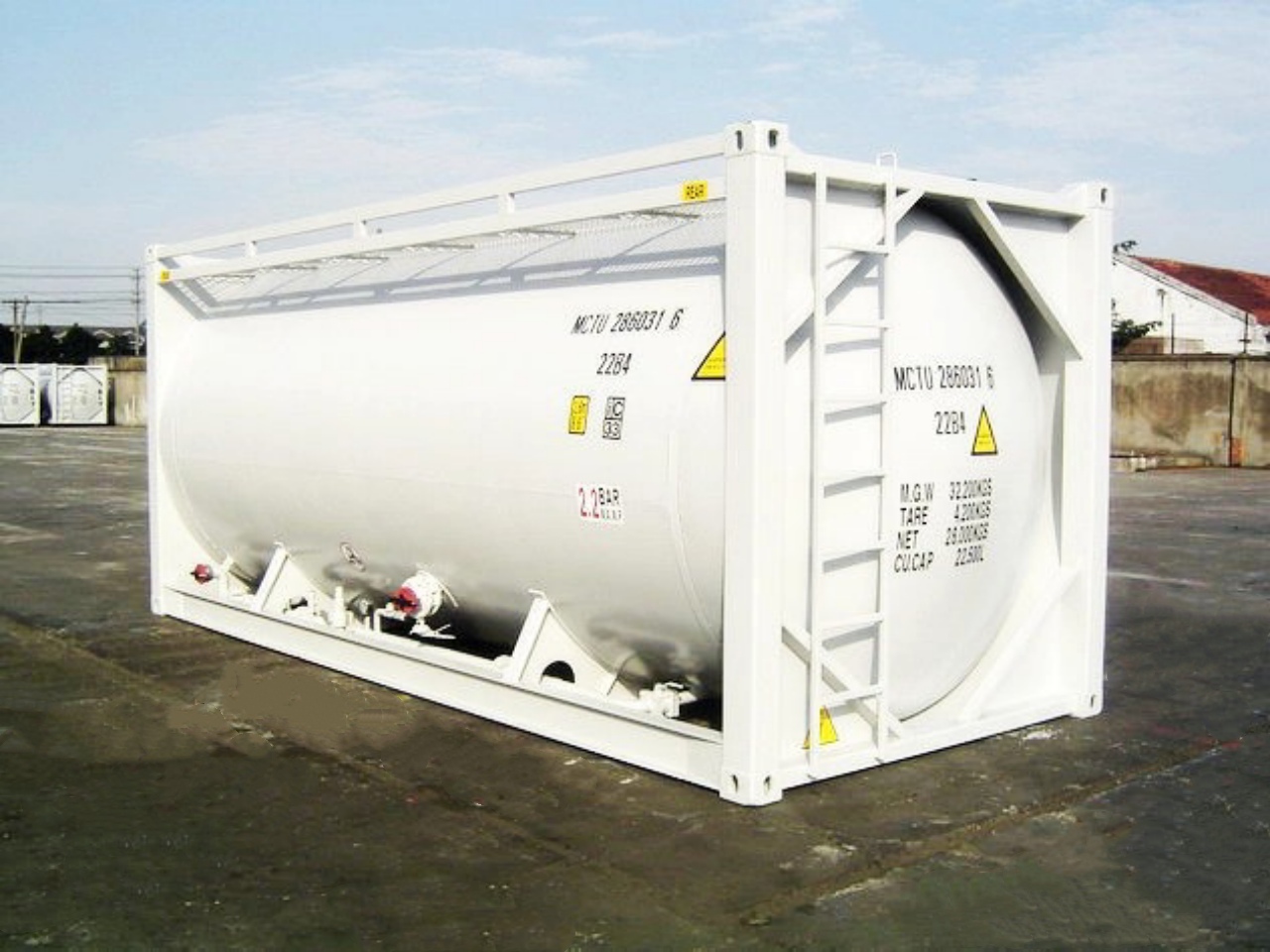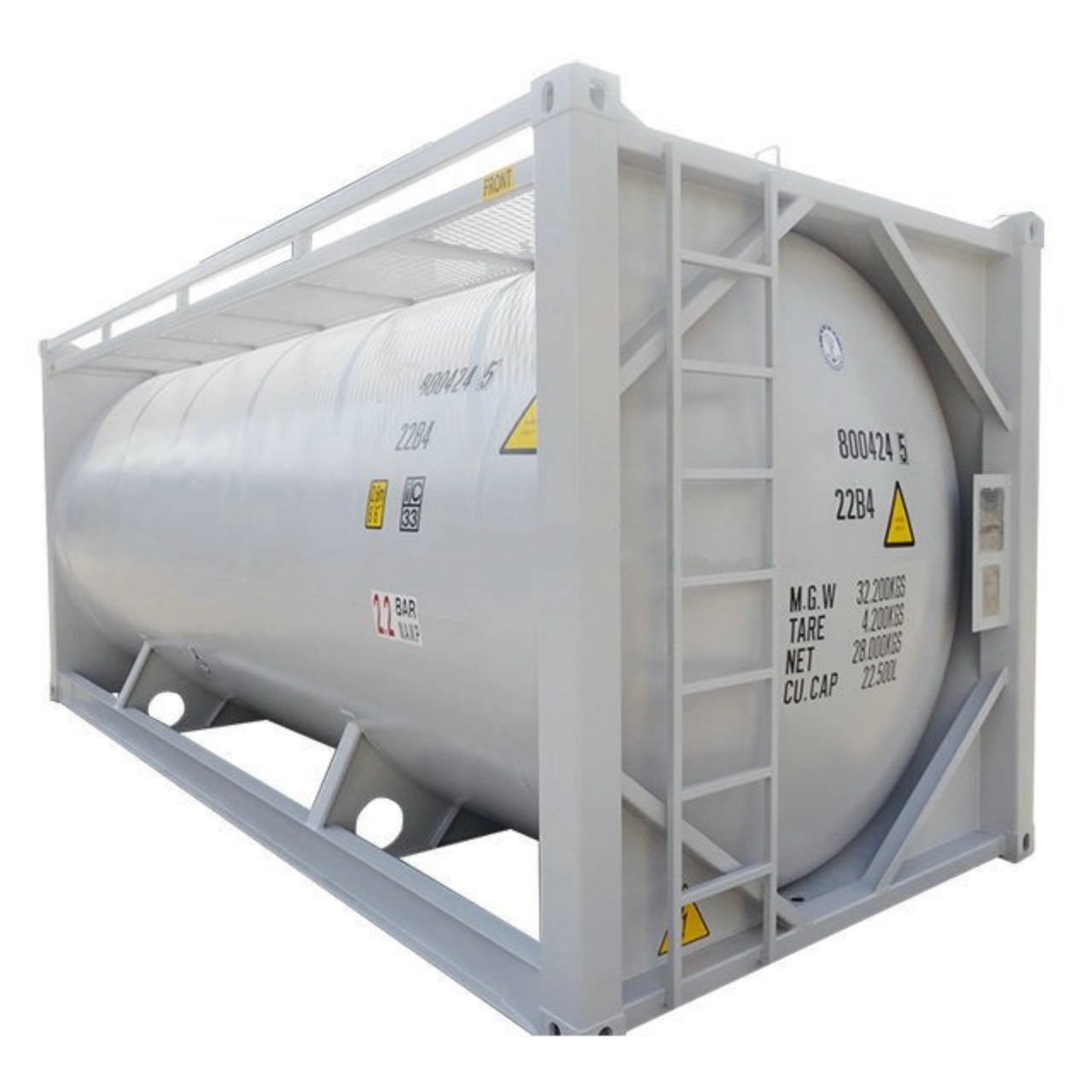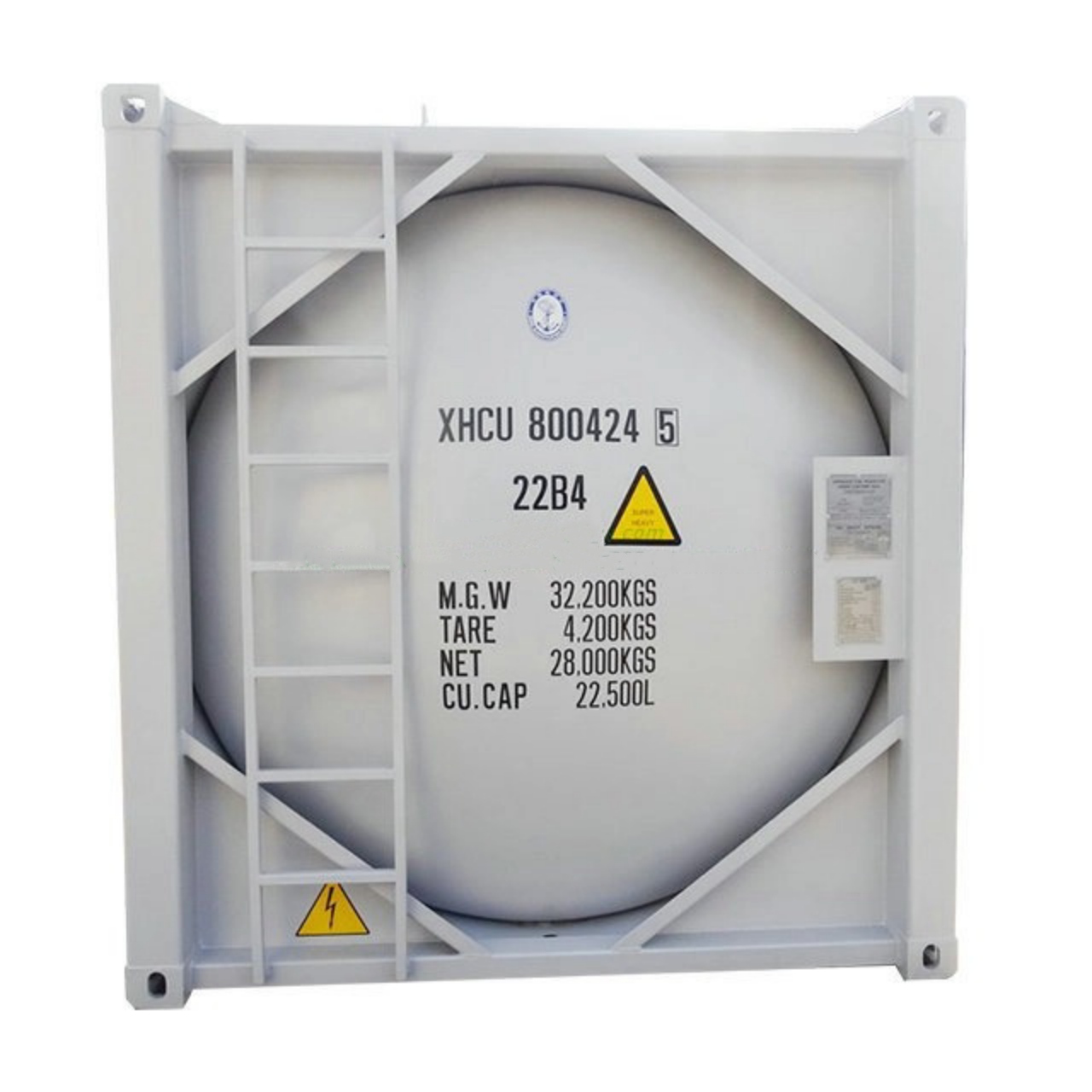ISO tanks, also known as ISO tank containers or tank containers, are an essential part of global logistics and transportation, especially for shipping liquids, gases, and powders in bulk. These standardized containers are built to facilitate the safe and efficient transport of a wide range of products across the globe. ISO tanks are designed to meet international standards that ensure safety, reliability, and efficiency in the global supply chain. In this article, we will provide a comprehensive overview of ISO tanks, their standards, and their role in global shipping.
What is an ISO Tank?
An ISO tank is a type of intermodal container designed specifically for transporting bulk liquids, gases, and granular products. The term “ISO” refers to the International Organization for Standardization, which has set global standards for container dimensions, materials, and specifications. ISO tanks are typically cylindrical and are made of stainless steel for the inner tank, with an outer protective frame to ensure their durability and safety during transportation.
ISO tanks can vary in size, but the most common standard tank container is 20 feet in length, designed to fit onto ships, trucks, and trains seamlessly, adhering to the same size specifications as other standard shipping containers. The standard ISO tank can carry up to 26,000 liters (about 6,800 gallons) of liquid, although the capacity can vary based on the specific type of ISO tank.

Standards for ISO Tanks
ISO tanks are manufactured in strict adherence to various international standards to ensure they are safe and efficient for global transport. The primary standard governing ISO tanks is ISO 1496-3, which defines the general design, dimensions, and materials for tank containers.
- ISO 1496-3: Tank Containers
This standard specifies the requirements for the design and construction of tank containers used in intermodal transport. It covers the dimensions, materials, testing, marking, and safety features of ISO tanks. This ensures that tank containers can be safely used in all modes of transport, including sea, road, and rail. - Design and Construction Requirements
The ISO tank’s inner tank is made of stainless steel to provide resistance to corrosion and contamination. The tank is mounted on a steel frame that is designed to handle the forces encountered during transportation. This frame ensures that the tank can be safely loaded, unloaded, and secured on various transport modes. Tank containers must also be equipped with valves, pressure relief devices, and other safety mechanisms to protect both the product being transported and the people handling it. - Marking and Identification
Each ISO tank must be marked with a unique identification number, the maximum allowable gross weight, and other relevant details. This marking ensures that the container can be easily identified and tracked throughout its journey, facilitating international shipping regulations and customs clearance processes. - Safety and Certification
ISO tanks are subjected to rigorous testing to ensure they can withstand extreme conditions during transport. These tests include hydraulic tests, pressure tests, and inspections for structural integrity. ISO tanks must also be certified by recognized authorities such as the American Bureau of Shipping (ABS) or Det Norske Veritas (DNV) to ensure compliance with safety and quality standards. - Temperature Control and Insulation
Some ISO tanks are equipped with temperature control systems to ensure that the product inside is kept at the required temperature during transit. This is especially important for the transport of sensitive chemicals, food-grade liquids, or gases. Insulated tanks, or tanks with heating or cooling systems, help maintain product integrity during transport over long distances or in extreme weather conditions.
Types of ISO Tanks
There are several types of ISO tanks designed for different types of cargo. Each type is built with specific features to safely transport particular goods. Some of the most common types include:
- Liquids Tanks
These are the most common type of ISO tanks and are used for transporting a wide range of liquids, from chemicals and oils to food-grade products like milk and wine. The tank’s inner shell is typically made of stainless steel, which ensures the safety and hygiene of the contents. - Gas Tanks
ISO tanks designed for transporting gases, including liquefied petroleum gas (LPG), nitrogen, or carbon dioxide, are equipped with special valves and pressure-relief devices to prevent leaks and ensure safety. These tanks must be able to withstand higher pressures than standard liquid tanks and are often reinforced to handle the specific requirements of gas transport. - Powder Tanks
ISO tanks can also be used for transporting bulk powders, such as cement or food ingredients. These tanks are designed with specific features to facilitate the unloading of powders, such as discharge systems and air-assisted flow systems. - Food-Grade Tanks
When transporting consumable liquids such as milk, fruit juices, or wine, the tank must meet food-grade standards. These tanks are made from materials that are certified to be non-toxic and able to maintain the quality of the product throughout the journey. They must be thoroughly cleaned and sanitized after each use to prevent contamination. - Specialty Tanks
Some ISO tanks are built for very specific purposes, such as transporting chemicals that require special treatment, including anti-corrosive coatings or the ability to handle volatile substances. These tanks are custom-designed to meet the unique needs of certain industries.

Role of ISO Tanks in Global Shipping
ISO tanks play a critical role in global shipping by enabling the safe, efficient, and cost-effective transport of bulk liquids, gases, and powders across international borders. Their standardized design allows them to be used across different modes of transport (sea, road, and rail), facilitating the global movement of goods.
- Intermodal Transportation
One of the key advantages of ISO tanks is their compatibility with multiple transport modes. An ISO tank can be loaded onto a container ship, transported by rail to an inland port, and then loaded onto a truck for final delivery. This flexibility reduces handling costs and minimizes the risk of damage to the cargo, as the product stays in the same container throughout the journey. - Safety and Compliance
ISO tanks are designed to meet stringent safety standards, reducing the risks associated with transporting hazardous liquids and gases. For example, tanks designed for chemicals often have pressure-relief valves, anti-static systems, and grounding devices to prevent accidents. Additionally, the standardized design ensures that the tanks are easily inspected and monitored during transport. - Cost-Efficiency
The use of ISO tanks can reduce transportation costs due to their standardized nature, which enables economies of scale. The containers are reusable, reducing the need for single-use packaging or shipping methods. Furthermore, because they can be transported using existing containerized shipping infrastructure, shipping companies can maximize their capacity and reduce costs. - Environmental Impact
ISO tanks also help reduce the environmental impact of shipping by promoting the use of intermodal transportation, which is generally more fuel-efficient than other shipping methods. Moreover, by minimizing packaging and offering a reusable solution, ISO tanks reduce the need for disposable packaging materials, contributing to more sustainable global shipping practices.
Conclusion
ISO tanks are integral to the global logistics network, providing a safe, efficient, and flexible solution for transporting bulk liquids, gases, and powders. The stringent international standards governing their design and construction ensure that they meet safety, environmental, and operational requirements, making them a key component in the global supply chain. With their ability to be used across various transport modes and their cost-effectiveness, ISO tanks will continue to play a crucial role in shaping the future of global shipping.


